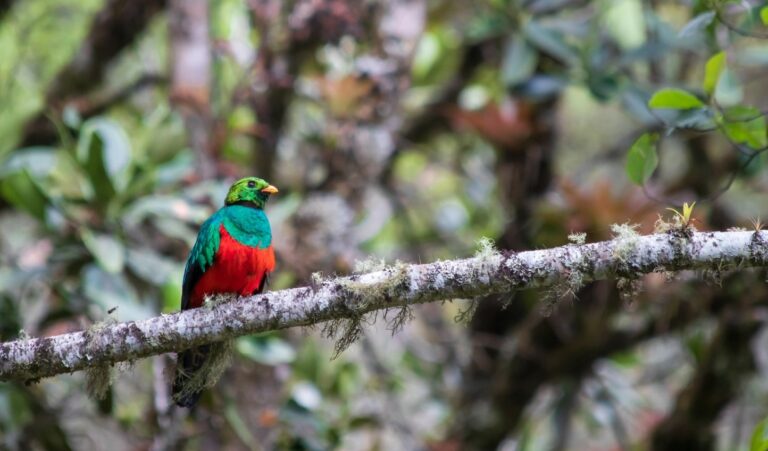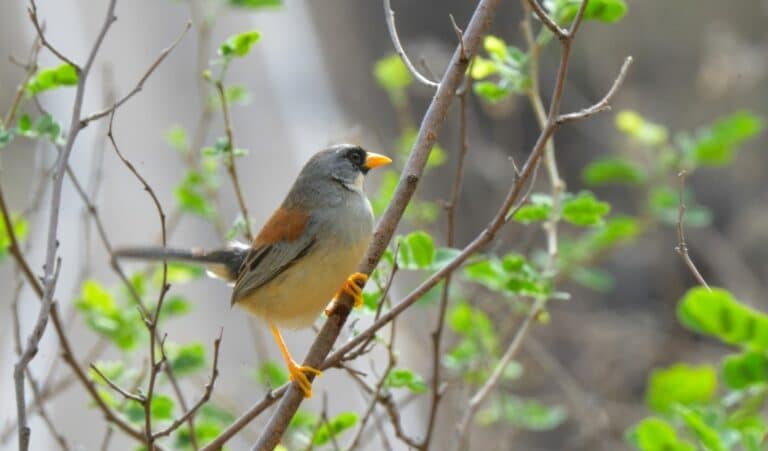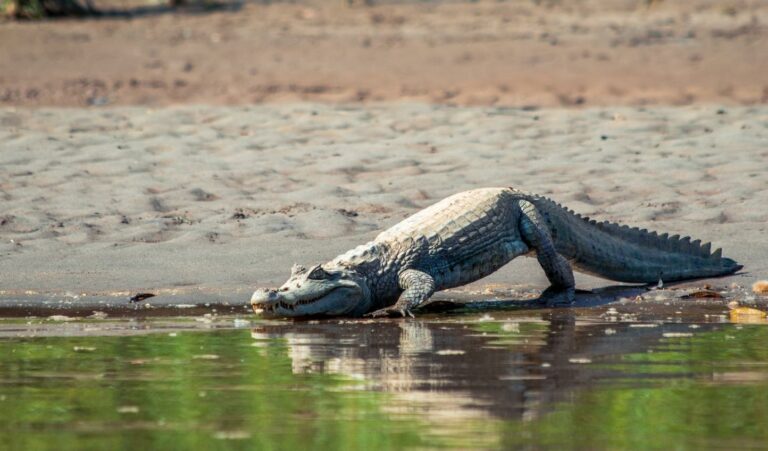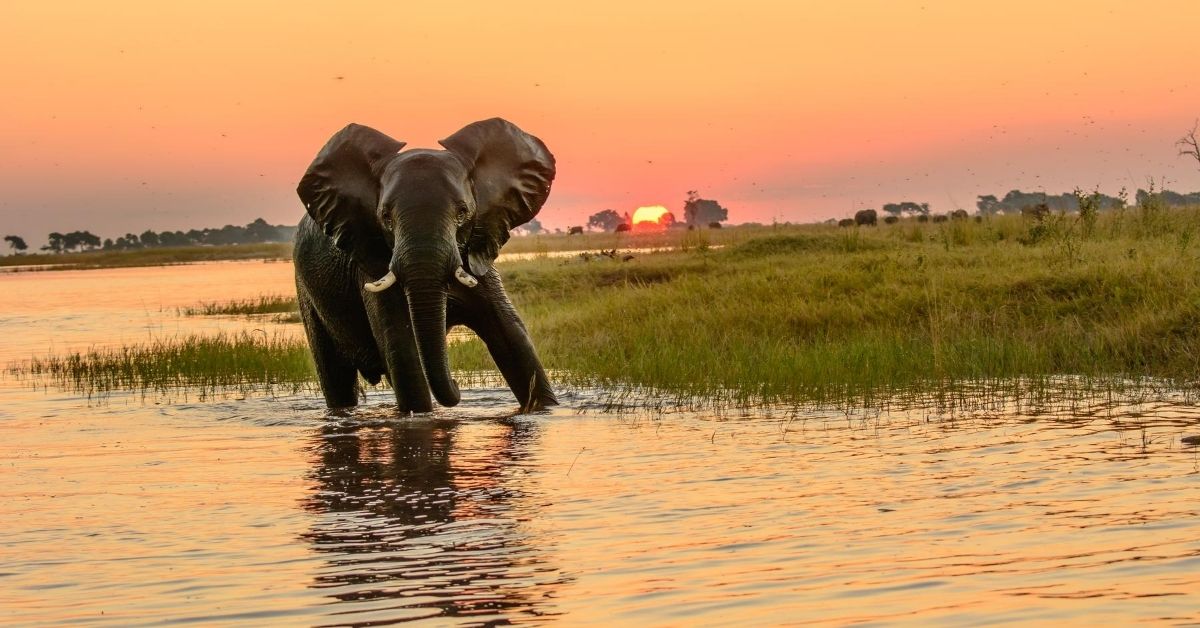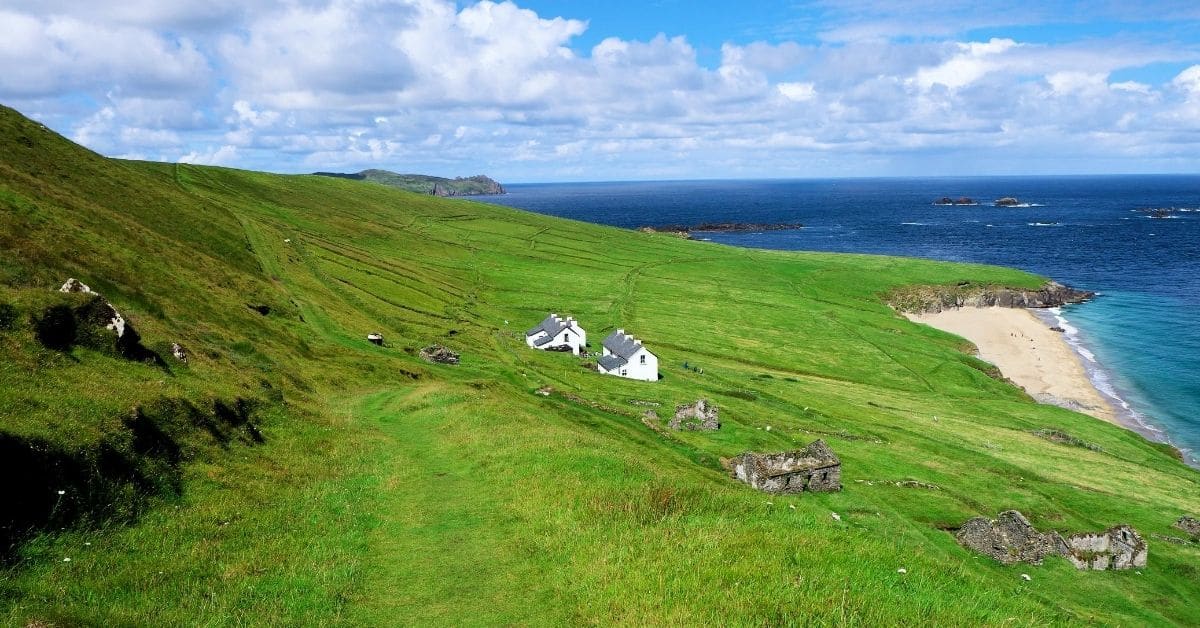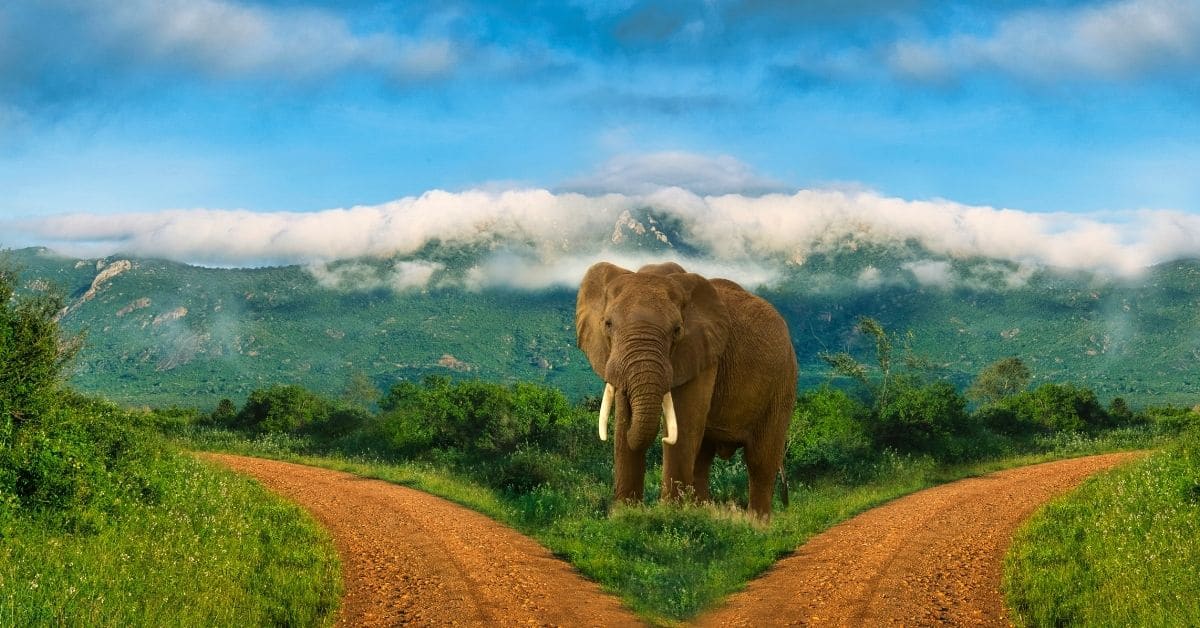If exploring the natural world is included in your travel plans, the nature and wildlife in Peru will not disappoint you. Not only are there a wealth of places to go to spot wildlife in Peru, you’ll find a stunning array in some of the most incredibly beautiful places to be found anywhere.
While it’s certainly easy enough to decide to go to Peru, the hard part will be choosing which destinations to include in a single trip. Diving into the research makes me realize I might need to actually move to Peru for awhile because there are so many amazing places, all having a ton of things to do and see. I fear I’ll miss out on too much because there is never enough vacation time! In all seriousness, it’s a tough decision and multiple trips might be a part of your plans too.
First Things First
Almost as hard as choosing those destinations to visit, is identifying the species you may encounter. It can be challenging at times to even know what you are looking at and in Peru it’s even tougher because the sheer number of species that are living here is absolutely astounding. So, as I sit here planning a research trip for Soul Free Travels, I’ll take you through some of what I’ve learned.
Whenever I travel, I almost always check out iNaturalist before going anywhere or doing anything, especially because I am a photography enthusiast. This is an excellent online community of nearly 3.5 million people and it is one of my favorite resources for all things nature. With this very handy website you can learn what to expect and find help in identifying just about anything, and if you can’t find it here, maybe you’ve just discovered something new! Wouldn’t that be amazing?
Another great feature to the website is the location map where you can find the best places to view a certain species you might be looking for. You’ll learn what to expect in an area, and you can also find projects that you may want to contribute to. Supporting the iNaturalist community by sharing your own images both at home and when you travel is not only an excellent way to memorialize your finds and your adventures, you are helping others with their projects.
With that, lets get the low down on some of the incredible animals you may come across in Peru.
The Camelids of Peru
When I think of Peru, the first animal that comes to mind is the Alpaca, which at one point in my life, I could not have told you the differences between that and a llama. If you are anything like me, don’t worry—the camelids are often confused. While I could have an entire post devoted to these wonderfully cute animals, I’ll just break it down quickly.
- Llamas are not regarded for their fleece and are the domesticated worker bees of the camelids. Their wool is used for things like rope and they come in a few different colors. They are the largest of the camelids.
- Guanacos have better fleece than llamas and are considered a wild animal. They only come in one color and have a distinctive white underbelly to help you identify them.
- Alpacas are known for their excellent fleece. There is one species with two fleece types, suri alpaca (shaggy) and the huacaya. They are domesticated and sometimes kept as pets because they are the more agreeable of the camelid lot. They also come in more than twenty colors!
- The most revered of the camelids is the Vicuña. They are quite shy, are wild, and come in beautiful shades from creamy white to cinnamon. Their fleece is considered the crème de la crème of wools— actually worth more than gold as they can only be shorn every 3 years. A lovely 3/4 length trench coat made from their fleece would set you back about $24,000! As of the 1970’s they were hunted to near extinction. Fortunately, they have been making a comeback with concerted efforts by conservationists. They can be found throughout the Central Andes at elevations between 10,500 and 15,700 ft.
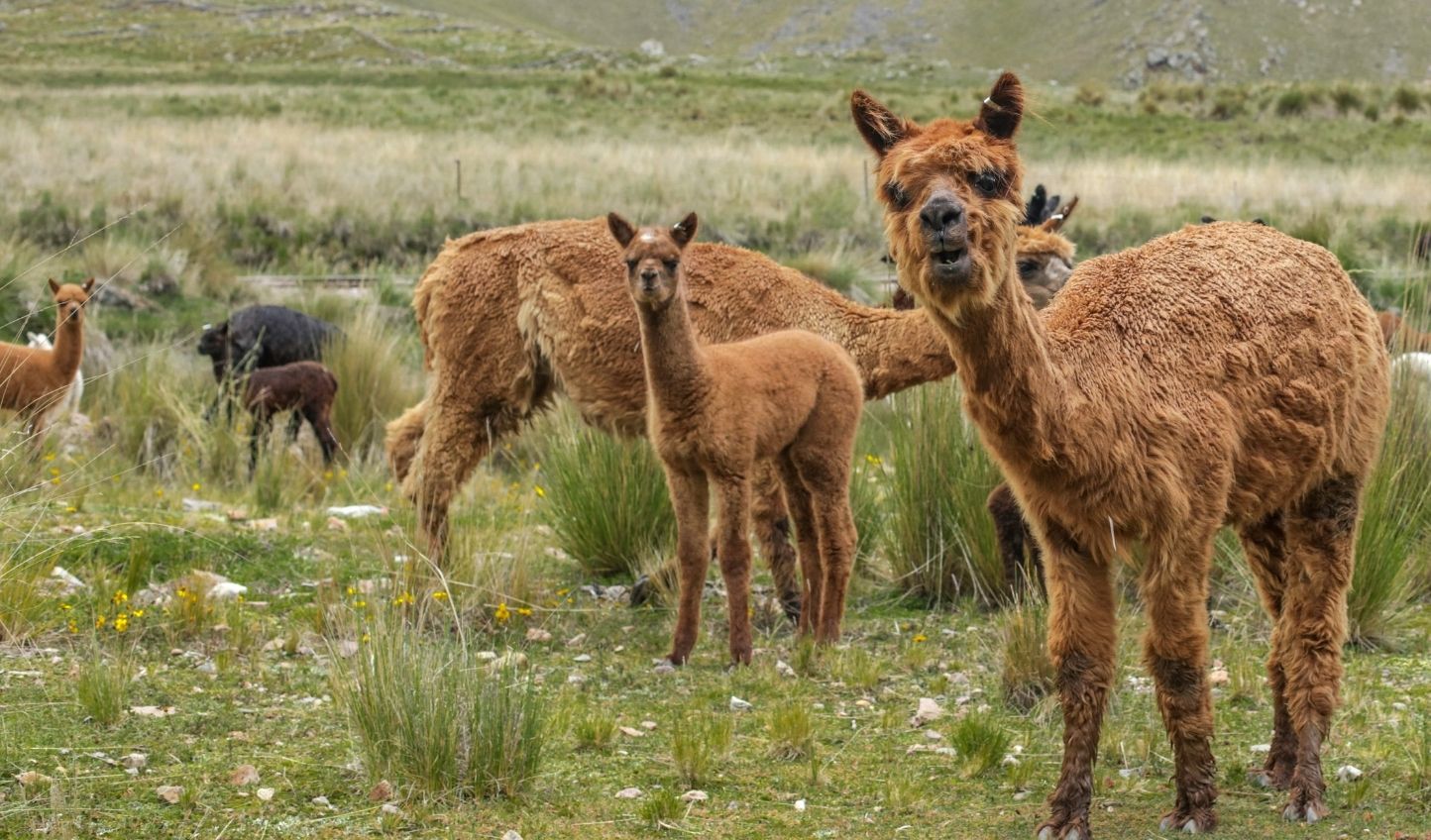
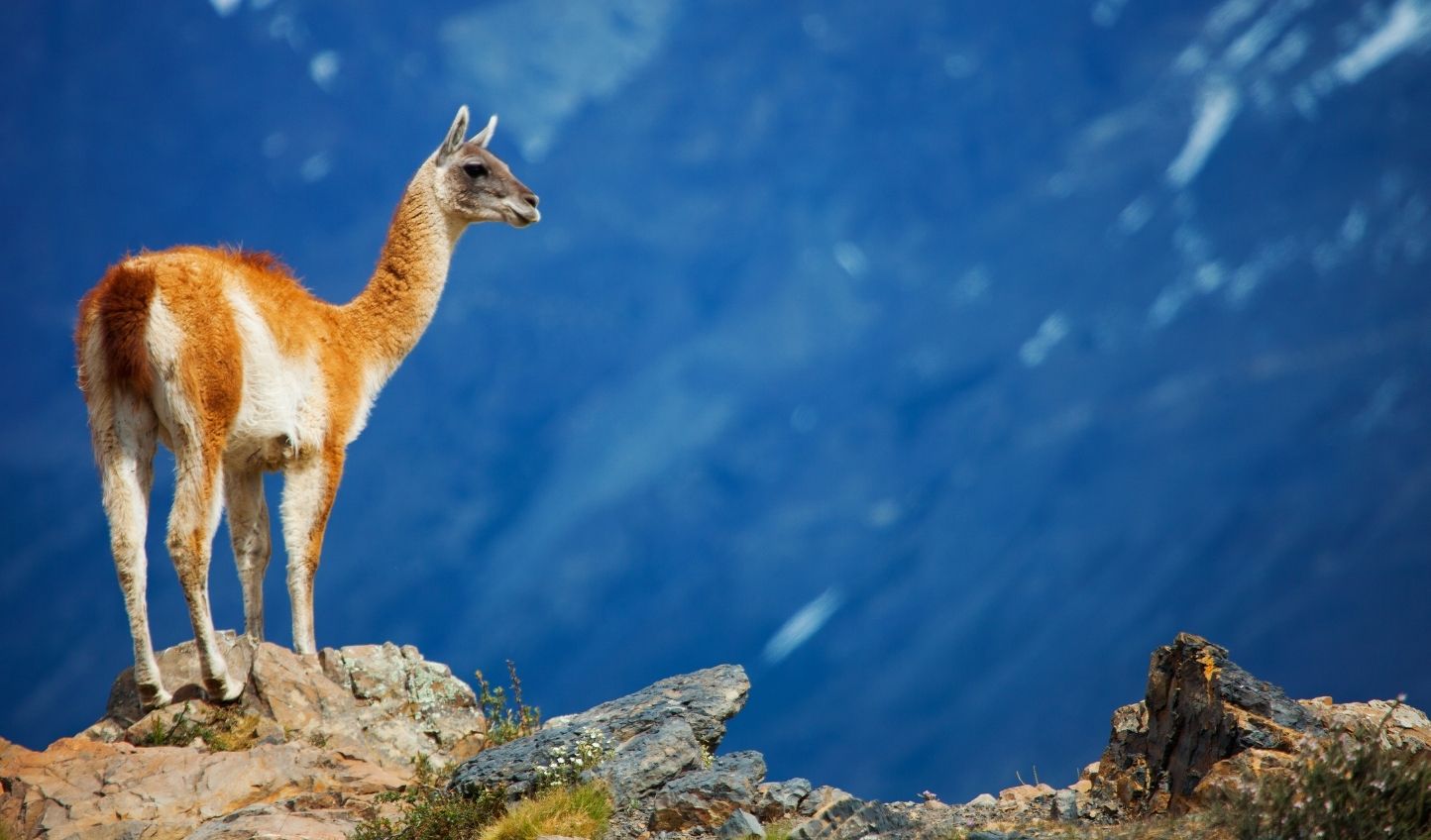
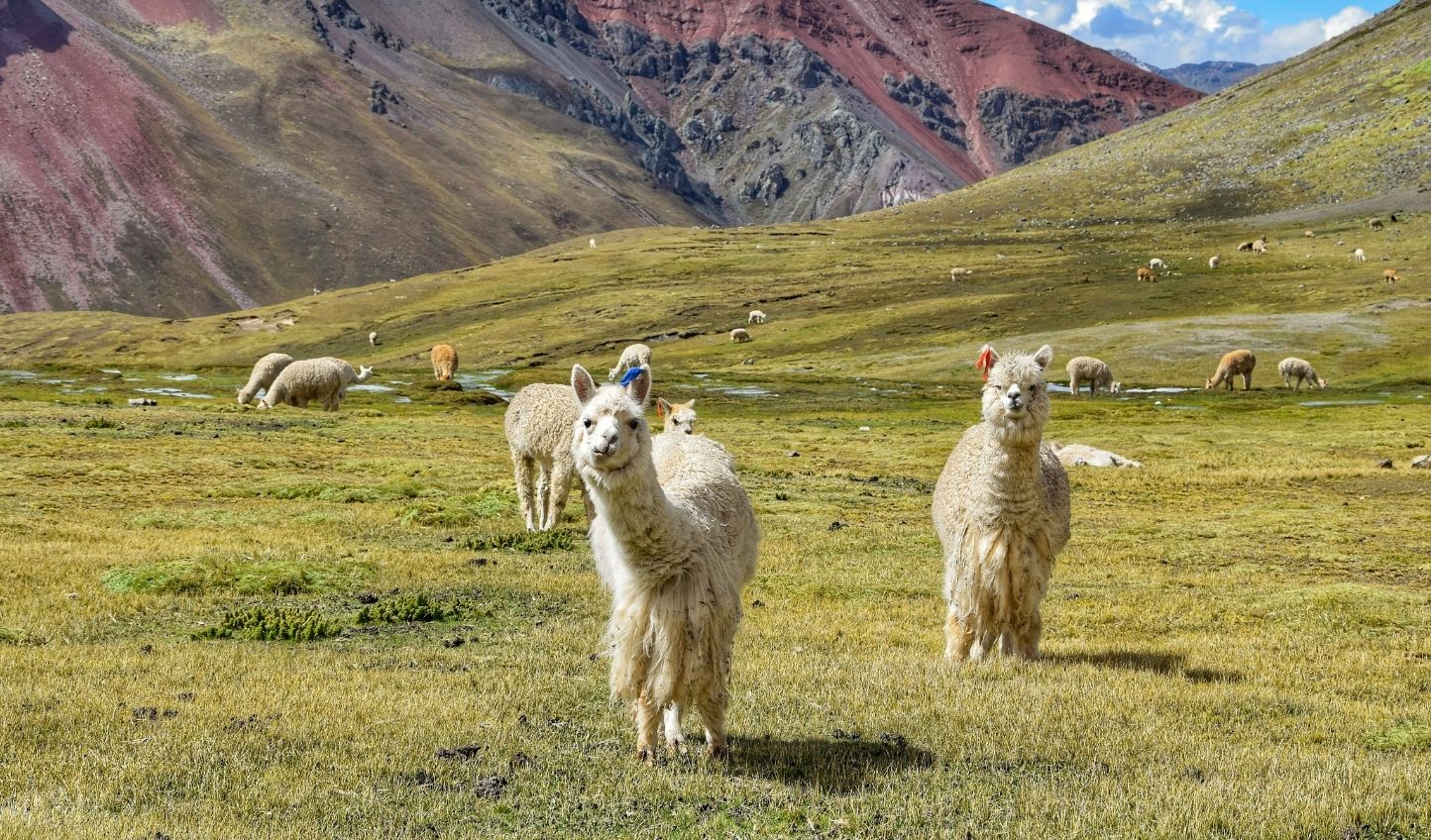
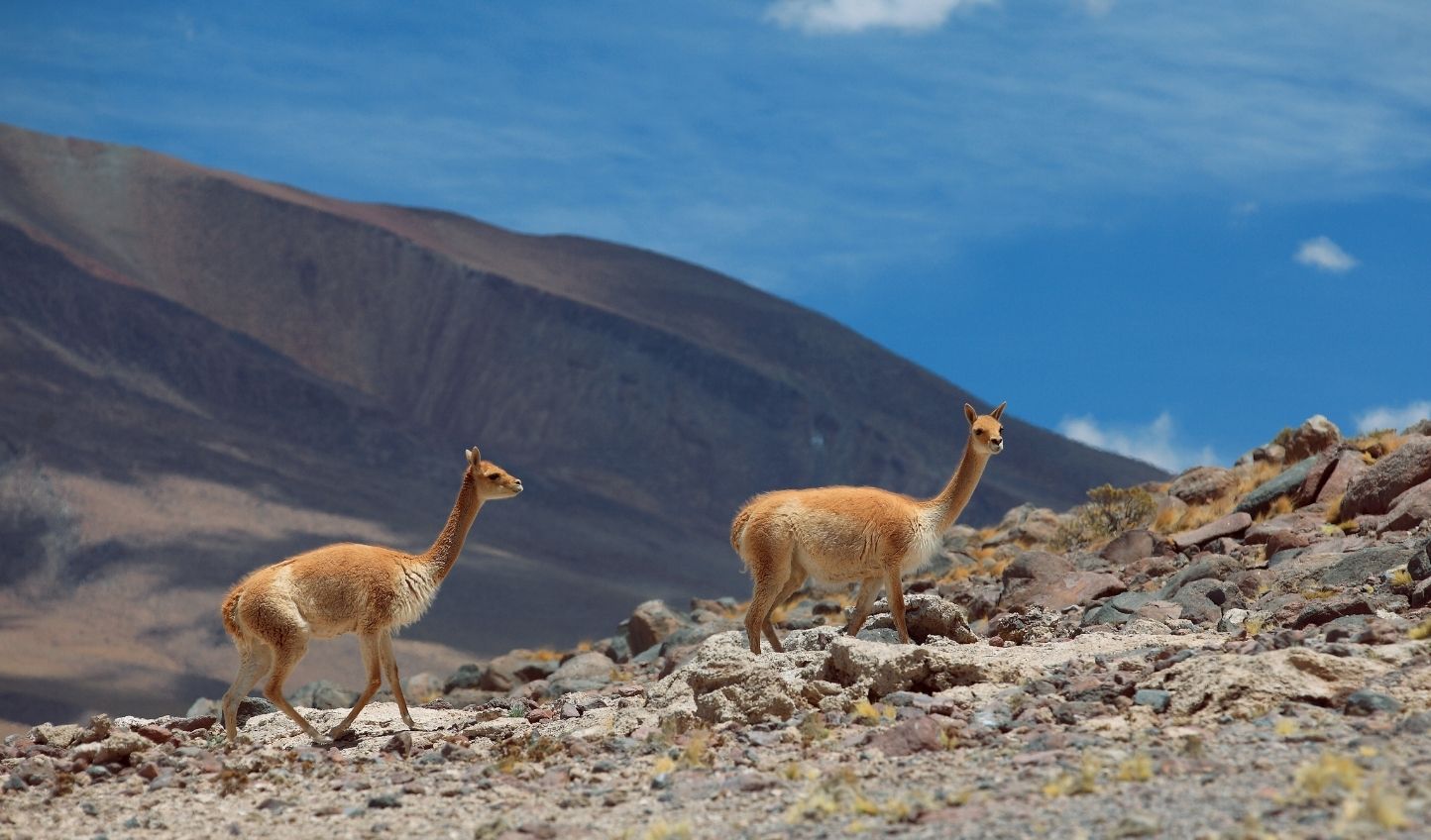
Peru Is The Place For Birders
According to this Wikipedia there are an astounding 1,828 recorded species of birds, and this list from Peru Aves indicates there are 104 bird species which are endemic to Peru. Narrowing down the birds you want to see is a fun way to spend your spare time and it will help you in determining the destinations for your trip. Another excellent resource to check out is eBird which takes things a bit further with actual recordings of the birds and sitings, whether photographed or not.
One of the most well known of the winged species in Peru is their national bird, the Andean cock-of-the-rock. The natural habitat of this proud looking bird begins in Colombia and follows along the slopes of the Andes to the areas surrounding La Paz, Bolivia. In Peru, there are about five general areas where to spot them—mainly in the cloud forests on the eastern slopes of the Andes. These places include the areas around Agua Calientes, Cusco, and the Madre de Dios regions. If you are heading to Machu Picchu, you’ll get your chance to see them.
Peru is also well-known among birders for having about 1/3 of all known species of hummingbirds which leaves just about 127 of them for you to spot. There are several great places to see them but, if you have a special one in mind that you would like to see, that makes creating your itinerary a bit easier!
One example of a bird with a fairly small habitat is the rare and endangered Marvelous Spatuletail. It is thought to only be found only be in the Rio Utcubamba Valley. For those who are looking to take the hummingbird highway and encounter this spectacular bird, you’ll want to head north around Tarapoto and Pomacochas. One look on the iNaturalist website and you can see their limited range.
Other birds that can be found in Northern Peru include the Royal Sunangel, Tumbes Tyrant, White-tailed Jay and three species of Inca Finch.
Perhaps the most iconic bird to be found in Peru is the Andean Condor which also happens to be the largest flying bird in the world. You can find them in the high elevations of the Andes as well as the lowland deserts, open grasslands and the coast. The most popular places to spot them are at Colca Canyon and Apurimac Canyon.
The Monkeys of Peru
I love monkeys and Peru has a wonderful variety of new world monkeys from three different families. According to this Primate Specialist Group, there are 51 in the primate taxa with about 12% of these being endangered. Most are found in the Amazon basin. in places like Manú National Park, and Tambopata.
A few of the rare species of monkeys and other animals can be found on the eastern slopes of the Andes in the cloud forests, though much of these areas are protected and off limits to tourists. The Río Abiseo National Park in the San Martin Region is one example of these protected areas but, if you are truly serious about going, get in touch with us as we do have some suggestions for you on how you might be able to visit this wonderful area.

Manú National Park
In Peru, the best place to view the most species of flora and fauna in a concentrated area is Manú National Park. This huge reserve is globally renowned for being the most biodiverse of all protected lands in the entire world. There have been over 1,000 species of birds alone recorded within its boundaries! Within these boundaries are three different micro-climates— the Andean highlands, cloud forests, and the lowland jungles of the Amazon basin. With elevations elevations in the park ranging from 500 to 14,000 ft., you can really experience the many different landscapes within Peru. The Amazon basin is where you will find the most diversity and it is easy enough to travel here from places like Cusco. You can fly into Puerto Maldonado or even take a chartered plane into Boca Manú.

One of the most popular animals to find in Manú National Park is the elusive jaguar. The best time to spot them is during the dry season in June and July from dawn to dusk along the riverbanks. This is when they are seeking food and their prey will be found where there is water. You’ll likely encounter other species like macaws, peccaries, tapirs, capybara and caimans.
Not every place in the Manú National Park is accessible for tourism and that’s a good thing. There are three different zones; the cultural zone, the reserved zone and the restricted zone. Within the boundaries of each zone, different rules apply. In the cultural zone, traveling independently is possible, though it’s not always recommended to go that way, especially if you are pressed for time. Within the reserved zone, you would need to go with one of the authorized tour companies and there are just a handful of qualified operators. Of course, the restricted zone is strictly off limits to tourism. Planning well in advance is highly suggested.
Puerto Maldonado – Gateway To The Southern Amazon Jungle
Puerto Maldonado is an excellent place to put on your itinerary. We suggest spending more than a few days in the area if you are truly serious about getting wild in Peru. From here you will be able to visit the Tambopata National Reserve and the Bahuaja-Sonene National Park which shares the protected territory with Bolivia’s Madidi National Park.
At the border of Bolivia is the Pampas del Heath National Sanctuary which is a humid savanna where you might find such animals as the Giant Anteater. This incredible creature can be found throughout South America though spotting them is easier said than done. Their numbers are dwindling due to habitat loss and poaching.
Tambopata National Reserve
Tambopata is many things. It’s is a river, a province within the state of Madre de Dios and a national reserve. The Tambopata National Reserve is vast and cover just under 1100 square miles. Within its boundaries, you can find somewhere around 1,000 butterfly species alone! Of course, there are other critters to marvel over like the 100+ mammal species, 600+ birds and the fauna is almost as diverse. See everything from monkeys to Toucans and so much more.



